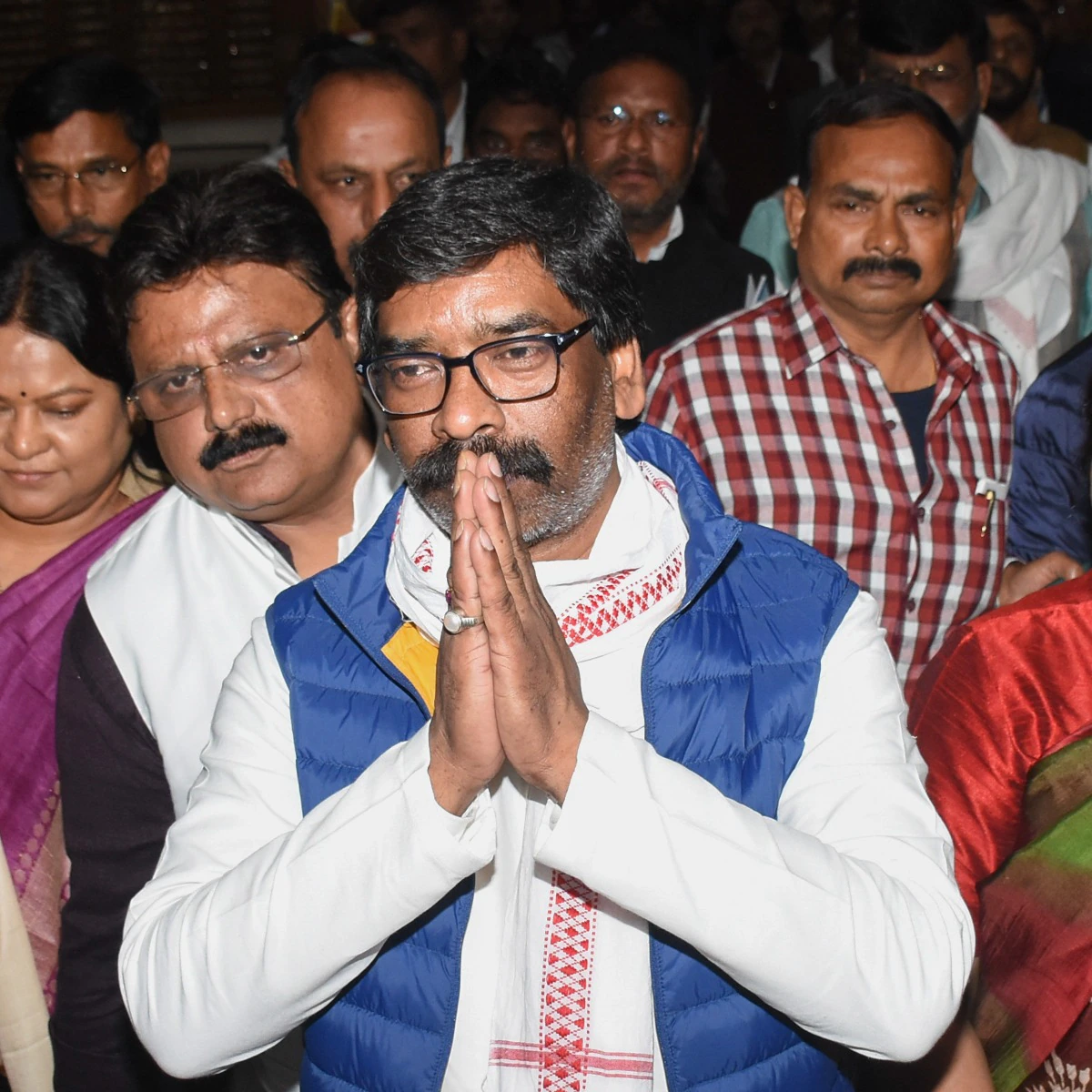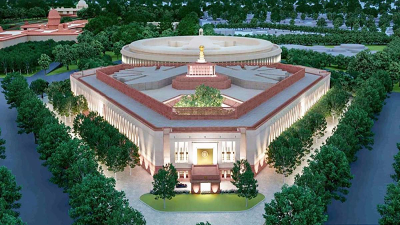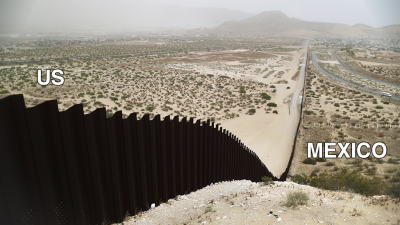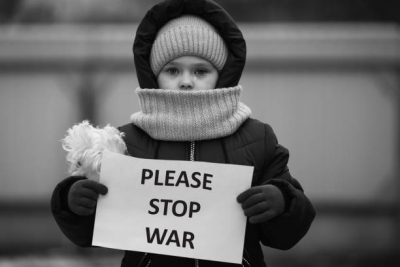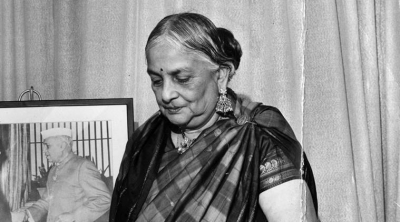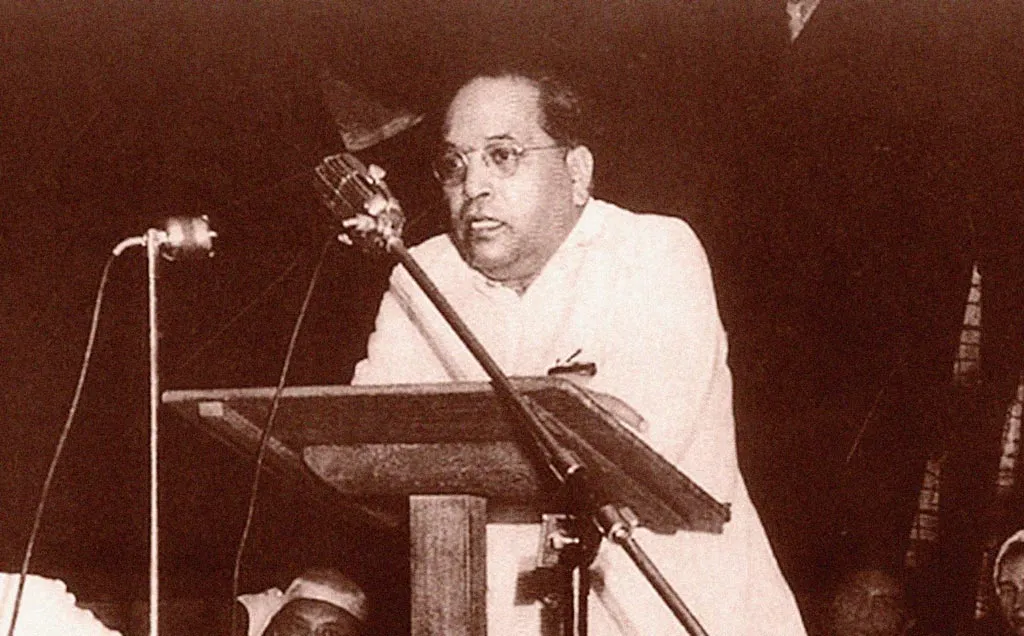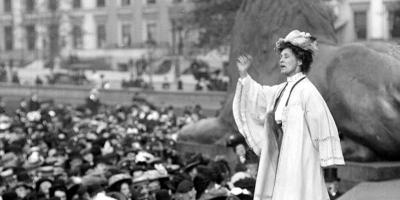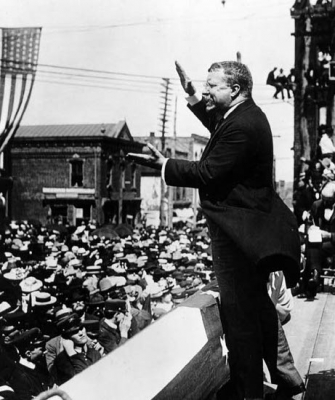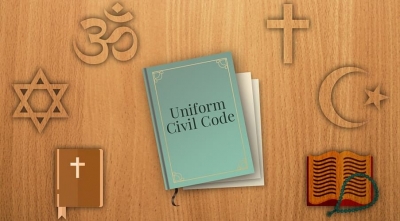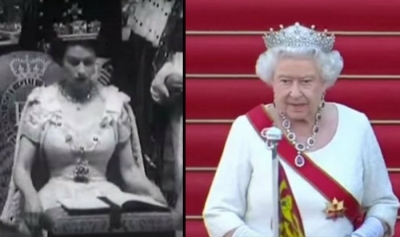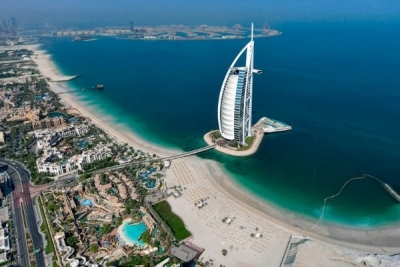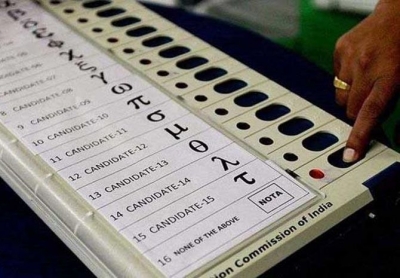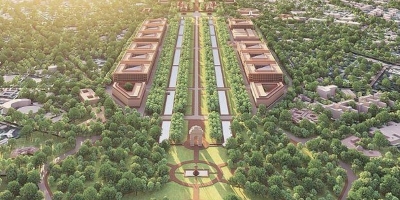
After 12 years under the rule of Benjamin Netanyahu, Israelis woke up to a new government and a new prime minister on June 14. PM Naftali Bennett leads an unprecedented coalition of parties, which got together with a single aim to oust Netanyahu. The coalition comprises eight parties with deep ideological differences. What does a coalition government mean? Who are the new leaders?
What happened?
Legislative elections were held in Israel in March 2021 to elect the 120 members of the 24th Knesset (Israeli parliament). It was the fourth election since 2019. Yair Lapid, leader of Yesh Atid party, and Naftali Bennett, leader of Yamina, announced they formed a rotation government on June 2, which was approved on June 13 in Knesset.
The coalition in Israel has a razor-thin majority of 60 to 59. However, it put an end to two-year period of political paralysis. The coalition spans the far-left to the far-right and includes for the first time a small Islamist faction representing Israel's Arab minority. The government is expected to focus mostly on economic and social issues rather than risk exposing internal rifts by trying to address major diplomatic issues such as the Israeli-Palestinian conflict.
Under the coalition deal, Bennett will serve as prime minister for two years and will be replaced by Yair Lapid. It was Lapid who made a series of agreements with parties across the political spectrum to form the new coalition and his party won the most votes in the anti-Netanyahu camp.
What is a coalition government?
When two or more parties come together to form a government, it is called a coalition government. The alliance could happen pre or post poll. In the post poll alliance, parties come together to form a government when no single party enjoys absolute majority. Before agreeing to an alliance, the parties in the coalition negotiate on seat sharing, roles and responsibilities. Members of the parties in the coalition decide who among them will run the government as the head of the state.
Who is Benjamin Netanyahu?
- Netanyahu is Israel's longest-serving leader, who won a record four elections and held office five times more than any other prime minister in the country's 73-year history.
- Netanyahu earned bachelor's and master's degrees at the Massachusetts Institute of Technology in the United States. He was appointed Israel's permanent representative at the UN in New York in 1984. In 1988, Netanyahu returned to Israel and entered Israeli politics. Winning a seat for the Likud Party in the Knesset, he became the deputy foreign minister. He later became party chairman and the prime minister in 1996. In 2009, he returned to power as the prime minister and retained the office till 2020. In 2019, he was charged with bribery, fraud and breach of trust. He now serves as the opposition leader.
- Benjamin Netanyahu strengthened Israel's ties with world nations: held a harder line towards the Palestinians; criticised Iran's nuclear programme and highlighted its threat and managed to make peace with four Arab countries - the United Arab Emirates, Sudan, Morocco, and Bahrain, on the back of shared fears of Iran.
- To his supporters, Netanyahu is a global statesman uniquely capable of leading the country through its many security challenges. But to his critics, he has become a polarising and autocratic leader who used divide-and-rule tactics to aggravate the many rifts in Israeli society. Those include tensions between Jews and Arabs, and within the Jewish majority between his religious and nationalist base and his more secular opponents.
How is the fragile coalition government expected to address conflicts?
With little in common, the patchwork coalition of right-wing, centrist, left wing and Arab parties largely plans to avoid sweeping moves on hot button issues such as policy towards the Palestinians, and to focus instead on domestic reforms
Israel-Palestinian issue: Bennett is an ultranationalist who supports settlement expansion and is opposed to a Palestinian state. But he risks losing his job if he alienates his coalition partners. That will likely mean a continuation of Netanyahu's approach of managing the decades-old Israel -Palestinian conflict without trying to end it. Annexing the occupied West Bank and invading Gaza are probably off the table, but so are any major concessions to the Palestinians.
On Iran nuclear deal: The new government is expected to maintain Netanyahu's hard-line stance on Iran and oppose U.S. President Joe Biden's efforts to revive its international nuclear deal. The new government will also likely work with Biden to strengthen ties with Arab states.
Domestic issues: The biggest change will likely be felt domestically, as the government struggles to heal the divisions in Israeli society that opened up during the Netanyahu years, between Jews and Arabs and between ultra-Orthodox and secular Israelis.
The United Arab List, a small party with Islamist roots led by Mansour Abbas, is the first Arab party to sit in a coalition. In return for helping to oust Netanyahu, he is expected to secure large budgets for housing, infrastructure and law enforcement in Arab communities.
Israel's Arab citizens' make up 20 % of the population and face widespread discrimination. They have close familial ties to the Palestinians and largely identify with their cause, leading many Jewish Israelis to view them with suspicion.
The new government already faces hostility from Israel's ultra-Orthodox community - staunch supporters of Netanyahu.
Who are Naftali Bennett and Yair Lapid?
Naftali Bennett is a former ally of Netanyahu. His ultranationalist Yamina party won just seven seats in the Knesset in the March elections. But by refusing to commit to Netanyahu, Bennett positioned himself as kingmaker.
He is opposed to Palestinian independence and strongly supports Jewish settlements in the occupied West Bank and east Jerusalem, which the Palestinians and much of the international community see as a major obstacle to peace.
He briefly served as head of the West Bank settlers council, Yesha, before entering the Knesset in 2013. Bennett served as Cabinet minister of diaspora affairs, education and defence in various Netanyahu-led governments.
Yair Lapid heads the centrist Yesh Atid party and was the architect behind the new government. His party is the biggest in the coalition but he agreed share power with Bennett to secure a parliamentary majority. He quit his job as a TV anchor in 2012 and formed his own party, running on the promise to ease financial pressures on the middle-class.
What is the Israel-Palestine issue?
The Israel-Palestine issue dates back to the 1910s when Jews and Arabs in Palestine laid claim to the British-controlled Palestine. Facing persecution, the Jews wanted to establish their state in their ancient homeland. They bought lands and started settling down there. However, with the rising influx of Jews from Europe and Russia, the native Palestine Arabs felt threatened which led to violent skirmishes between the two. When this issue was referred to the U.N. in 1947, it voted to split Palestine into two - a Jewish State and an Arab State. Following this, Israel declared independence in May 1948. The same year saw some Arab countries declare war on Israel. Israel emerged victorious and started expanding its territory. A large number of Palestine people fled Israel to settle down in refugee camps bordering the region. Again in 1967, Israel launched a pre-emptive strike on Syria, Jordan and Egypt which led to its seizure of key territories such as the West Bank and the Gaza Strip - these came to be referred to as occupied territories. Despite several accords signed to restore peace in the region, the Palestine issue remains unresolved. Palestinians have been seeking an independent state in the occupied territories of the West Bank and Gaza.
Picture Credit : Google
